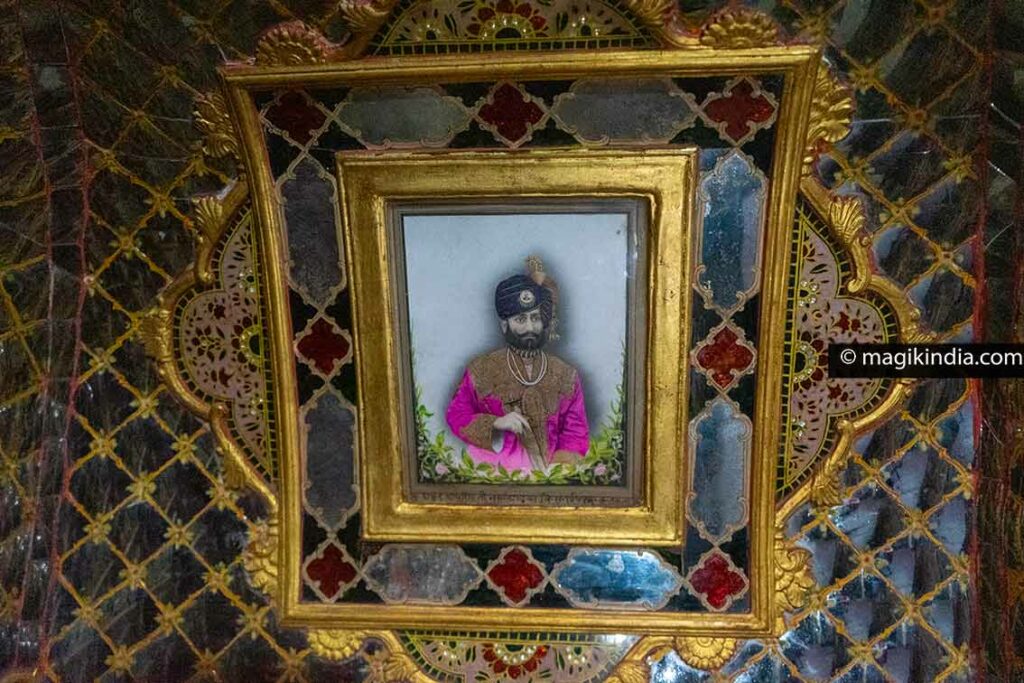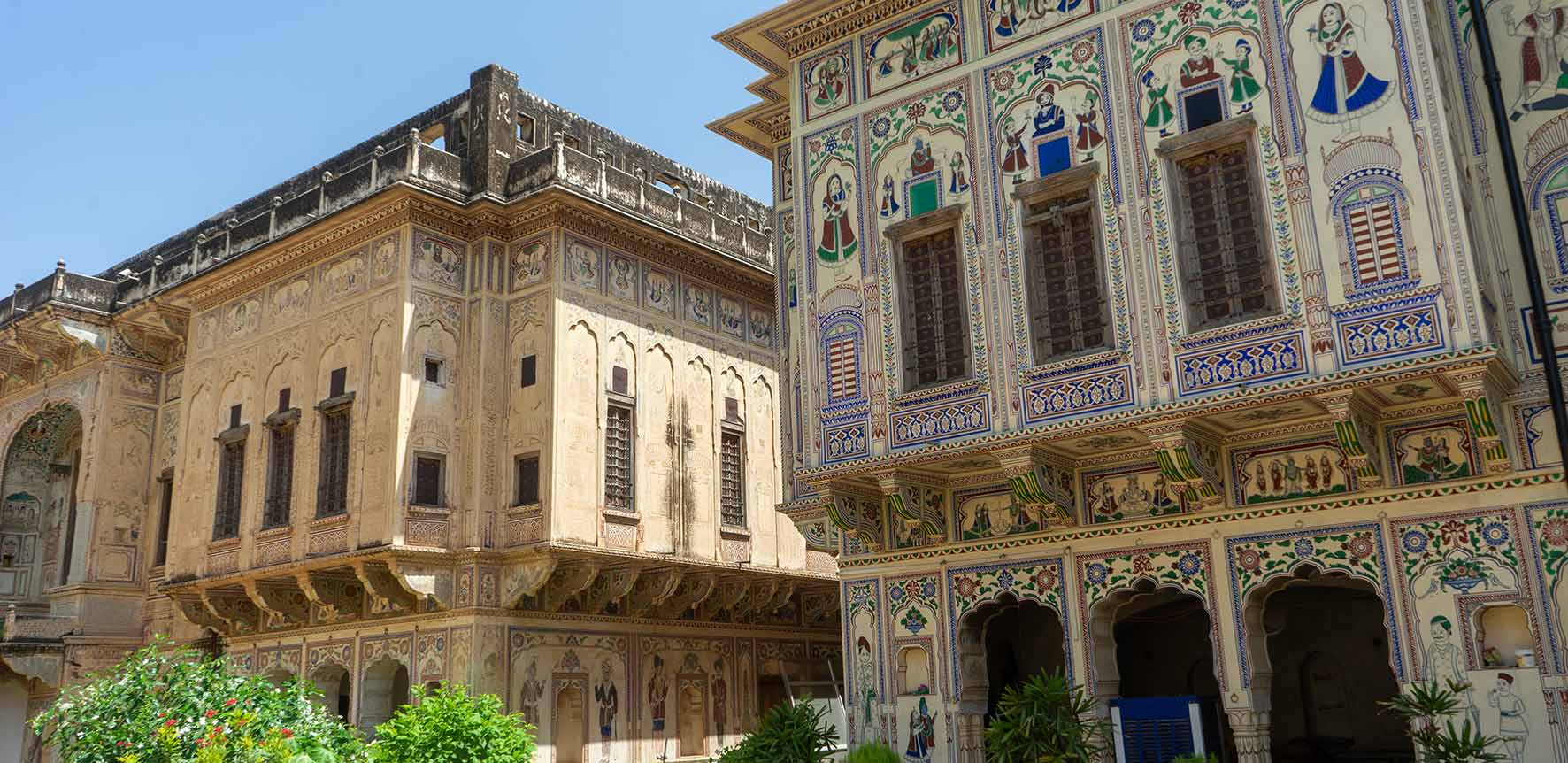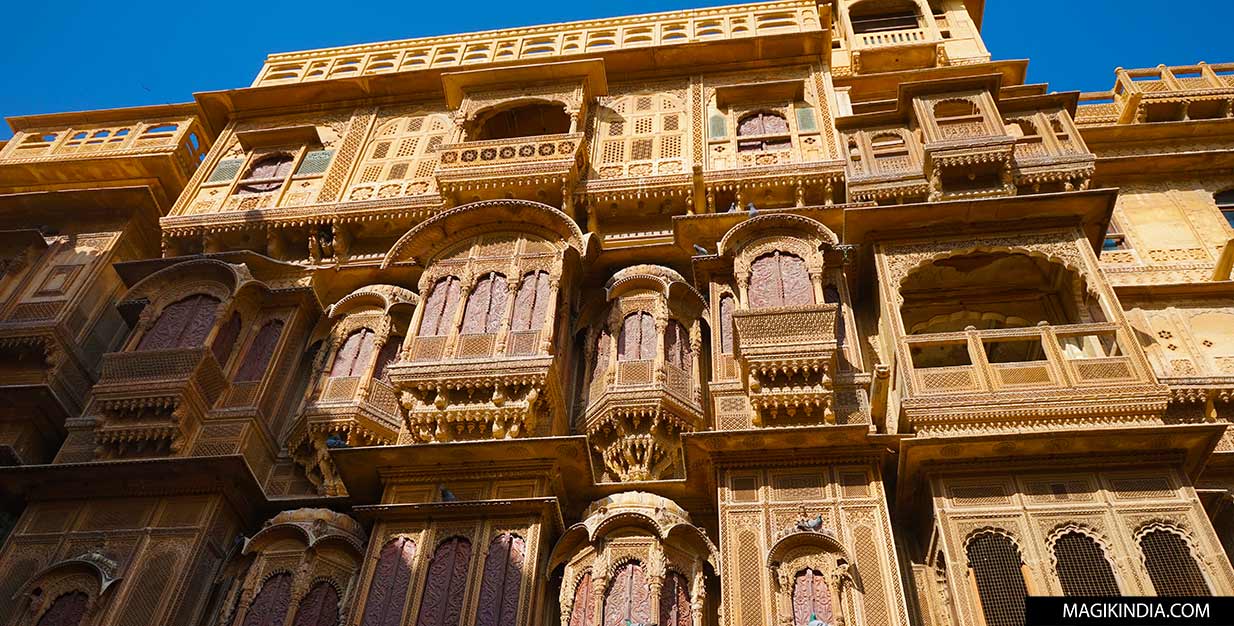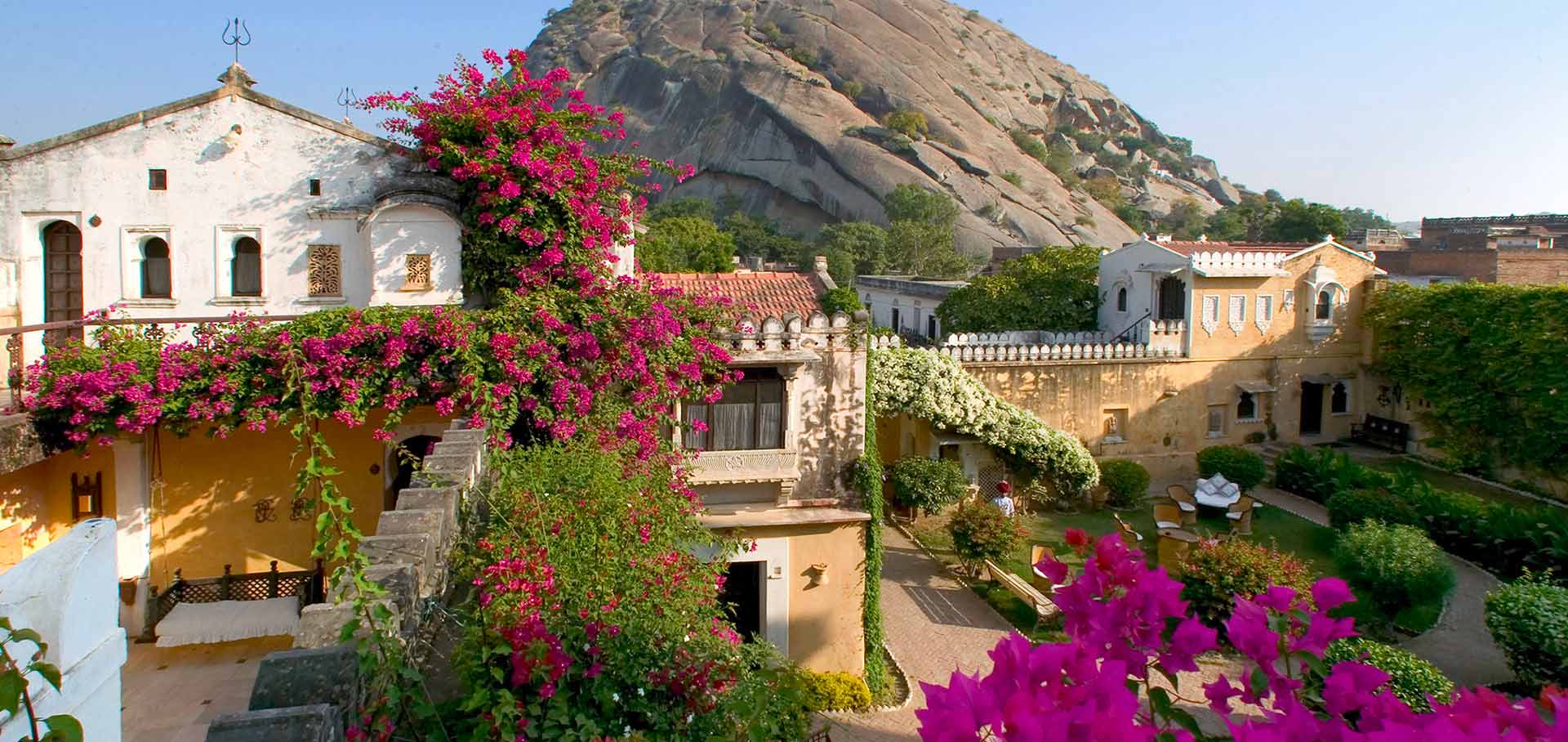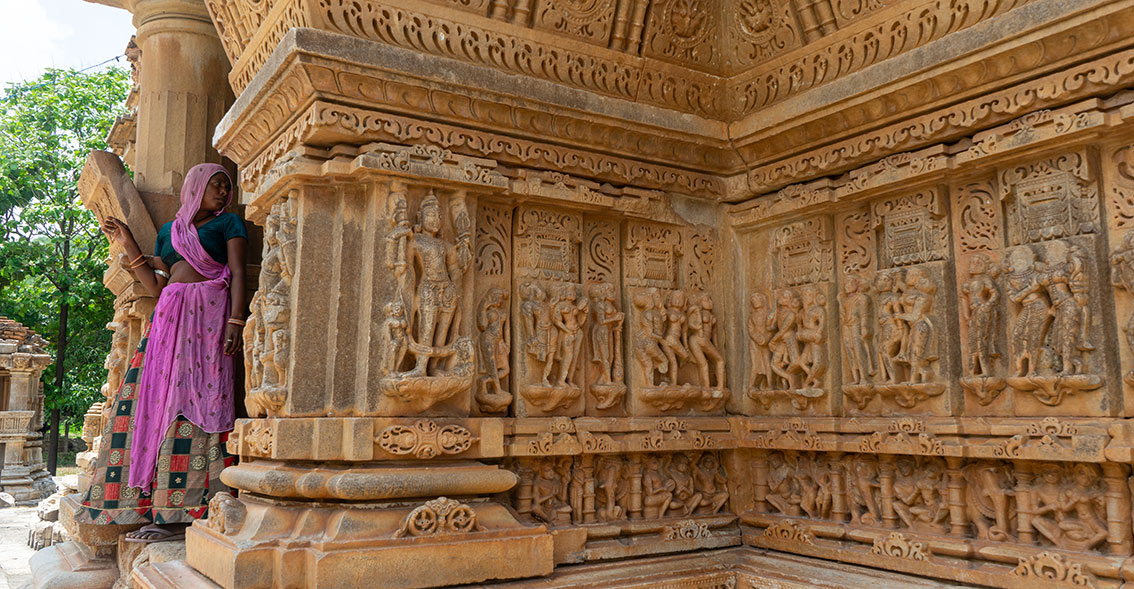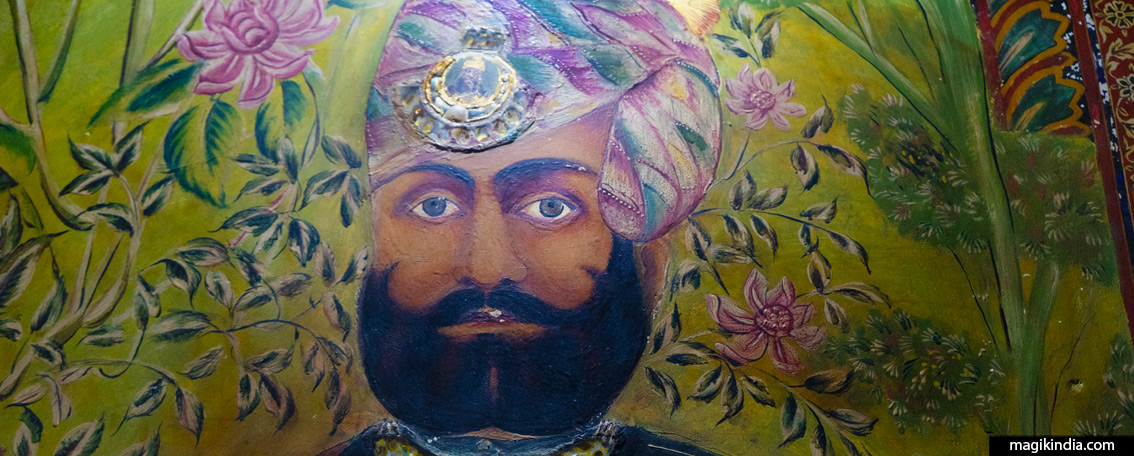
The secret room of Nawalgarh fort
If you have ever visited Nawalgarh, in the Shekhawati region (Rajasthan), it is very likely that you have missed its fort, Bala Kila. Although the latter has lost its former glory, there remains a marvelous hidden room, the Sheesh Mahal, which then served as a lodge for the Maharanis.
The town of Nawalgarh was founded in 1737 CE by a local lord, Thakur Nawal Singh Shekhawat, fifth son of Thakur Shardul Singh of Jhunjhunu and ruler of Mandawa, a city 30 km away.

During his reign, Nawal Singh built two forts in Nawalgarh, the Bala kila in the center of the city (the one discussed in this article) and the Fatehgarh fort on the outskirts of the city. Both have not stood the test of time and only meager vestiges of these buildings remain.
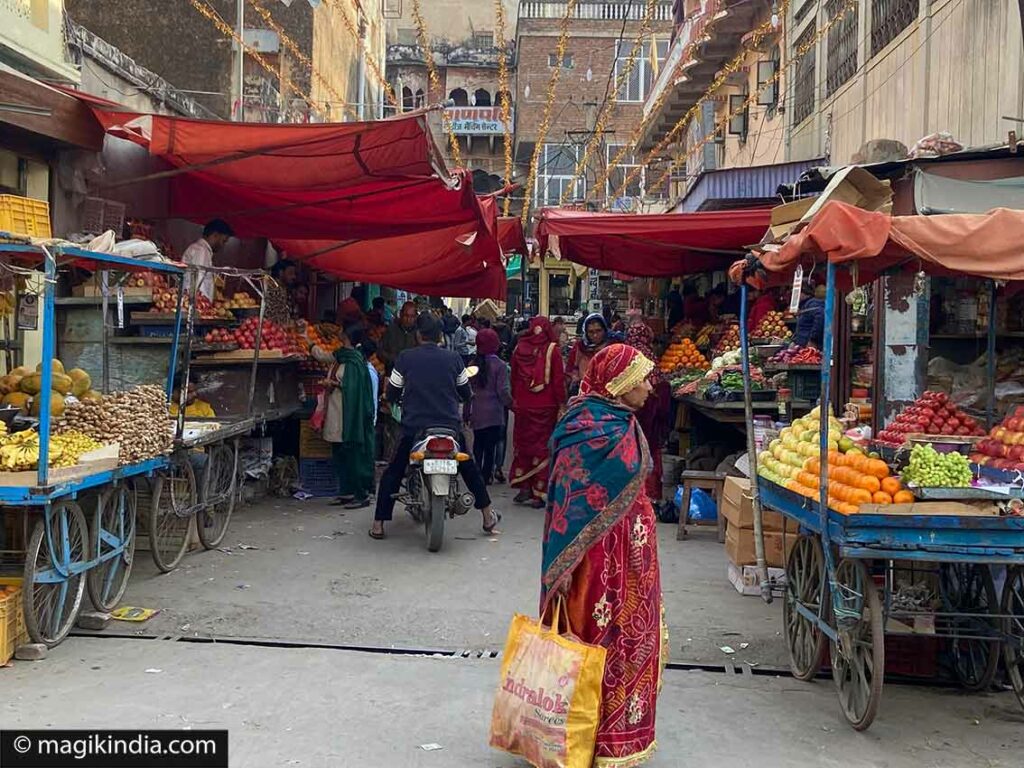
Originally, Bala Kila had four entrances and a strong enclosure, which were part of the defense strategies of past eras. Only one door remains today which goes completely unnoticed, at the very end of the city market, wedged between two modern buildings.
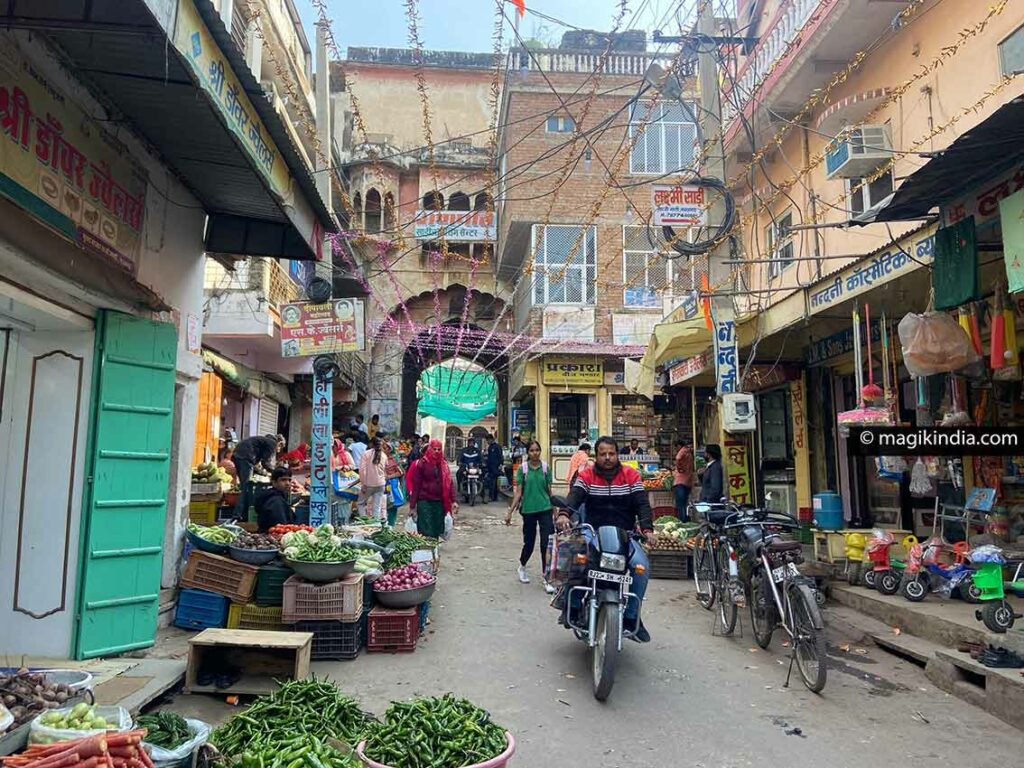
The pointed arch door has somehow preserved two corbelled balconies which recall more prosperous times and two period torans on which peacocks are engraved.
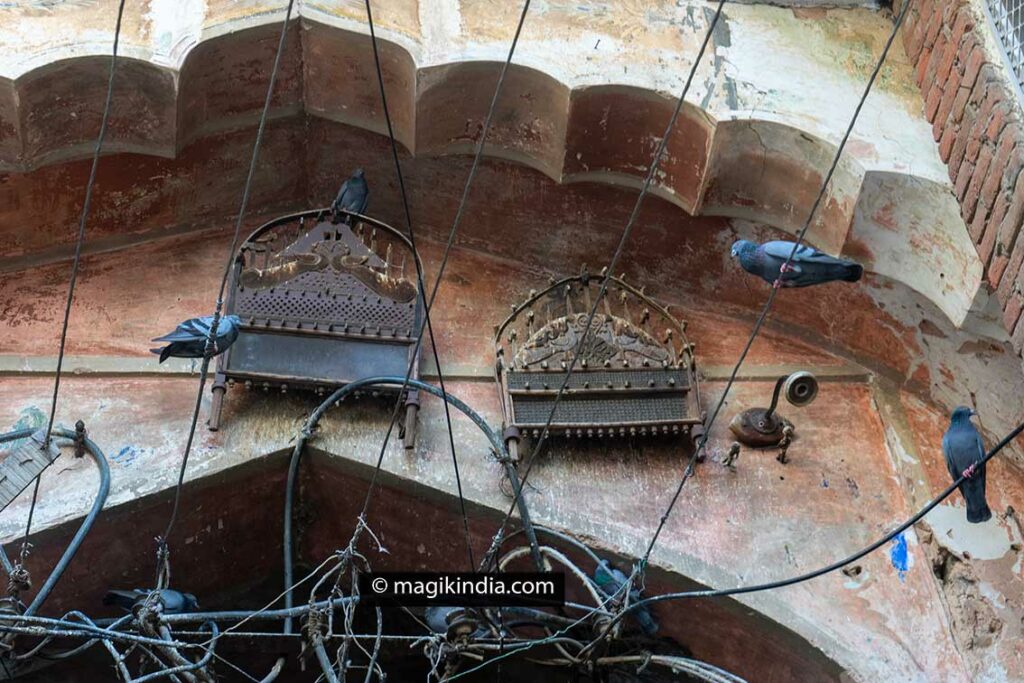
After the gate, we have to take a few steps into a courtyard dotted with shops to see the remains of the old fort palace, now converted into a café-restaurant.
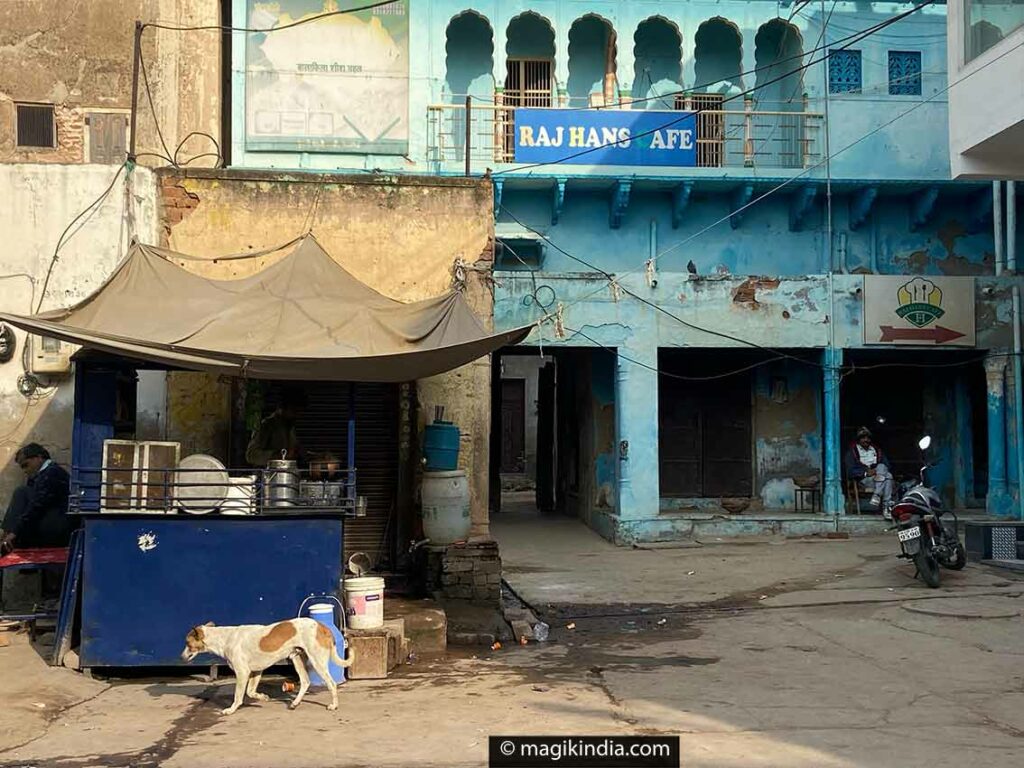
The mirror palace is located on the second floor of this restaurant painted in blue tones.

We have to cross the restaurant, which still has some decorative elements from the old palace, to see the secret room. You will be asked for 20 rupees to enter.

Our efforts to find this room of mirrors are finally rewarded. There, a circular room decorated with thousands of mirrors, inlaid glass, gilding and frescoes opens up to us. A little marvel!
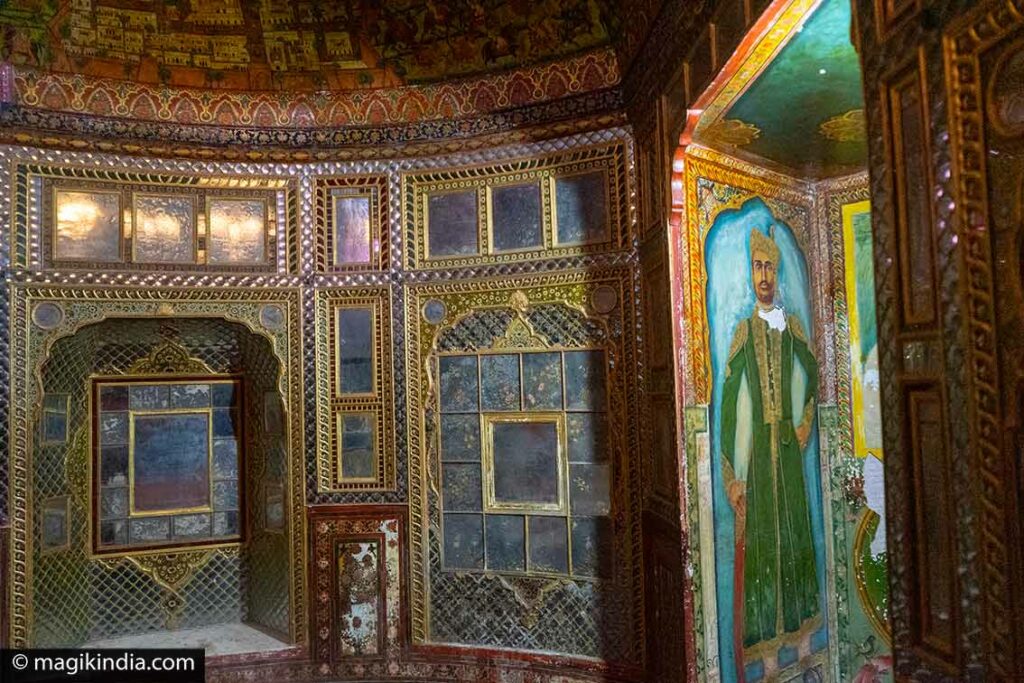
This royal jewel once served as a dressing room for the maharanis. Why is this the only piece of the fort that has survived? Nobody can say. Perhaps it was the delicacy of the mirror work and miniature paintings that spared this lodge.
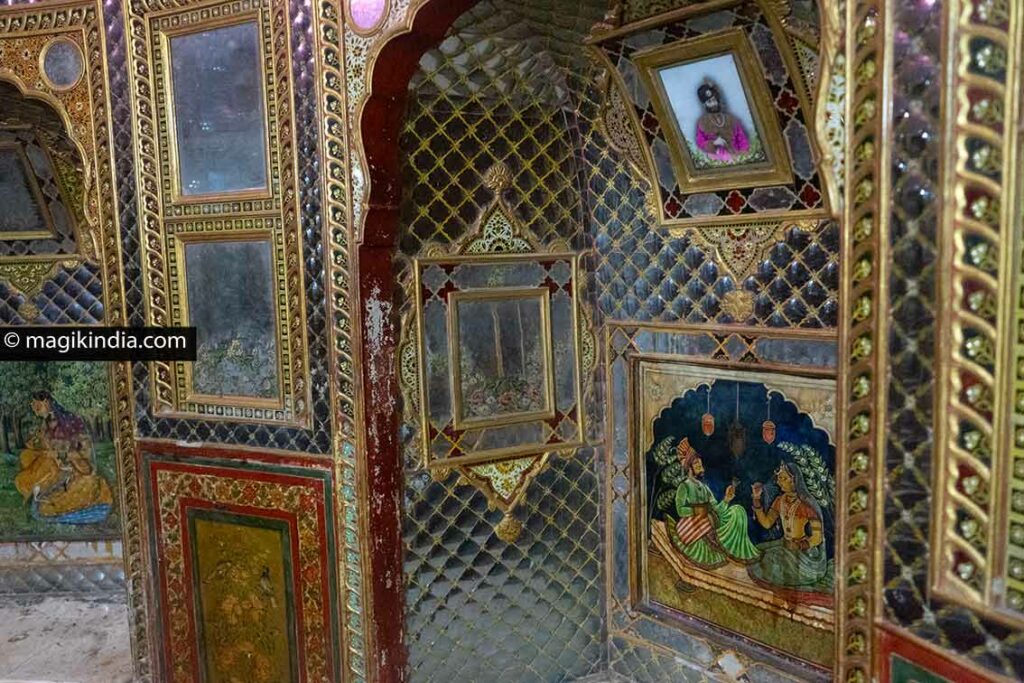
The frescoes painted in vivid tones depict life at the lord’s court and episodes from the leelas of the Lord Krishna and his beloved Radha. Life-size portraits of Thakur Nawal Singh adorn the entrance to the chamber.
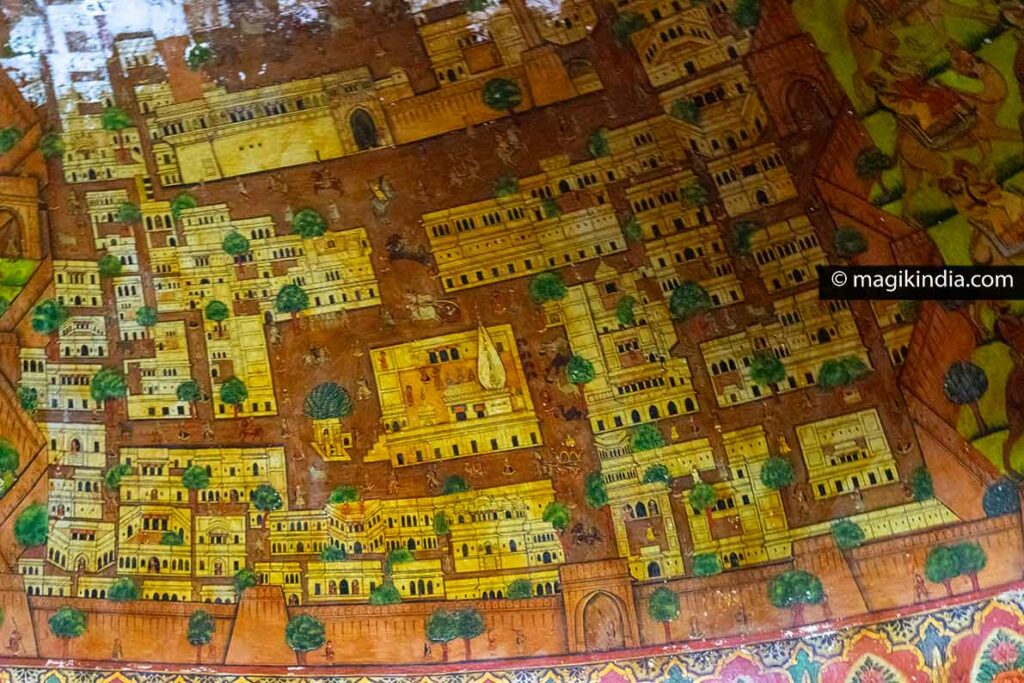
On the ceiling are the city plans of Jaipur and Nawalgarh giving an interesting insight into the urban planning of those times.
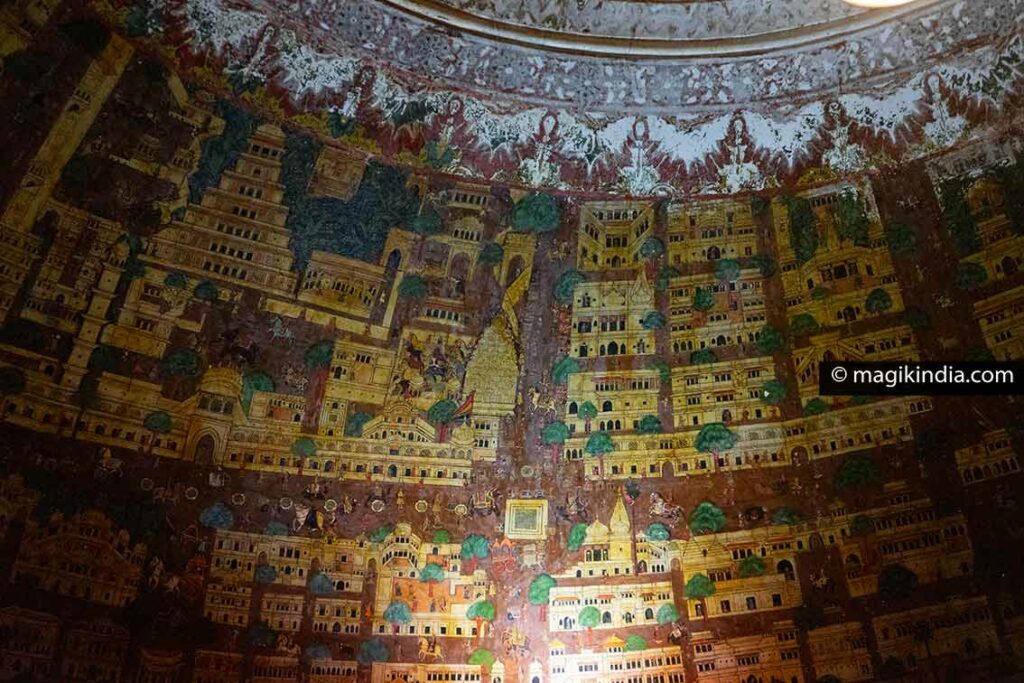
Mirror work dates back to Persia and was brought to India during the Mughal period. Mirrors were first made with mica, then glass. A symbol of refinement and splendor, the rulers of Rajasthan quickly incorporated it into indigenous architecture. Thus, “Sheesh Mahals” flourished in the four corners of the land of kings. We of course know those of the palace of Jaipur and Amber, to which I would add, the rare pearls of Dungarpur or Samode.
